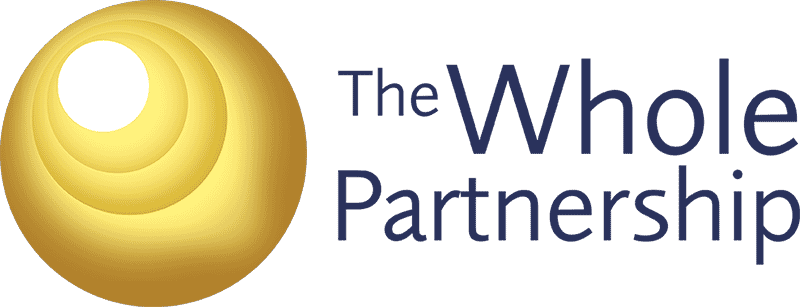(This case also appears in our Heart of Purpose article here).
“It’s not a tell”, began the Chief Technology Office (CTO) of a public sector organisation. “It could be a tell,” he continued, “I’ve done it that way before – two hours and several Post-It notes later, you’ve come up with something. It’s expedient but it’s not effective. I want our team purpose to be lived not laminated.”
It was the opening line of the meeting. The CTO and his Senior Leadership Team (SLT) had set aside a whole day with the objective of finding and articulating a clear Purpose statement for the SLT, which was co-created rather than mandated and drew on everyone’s input.
“I’ve been here 28 years and I’ve seen a lot of days like this,” said the one woman in the team, kindly but somewhat provocatively, as the ‘check-in’ continued. “Things come and go – mostly go. It’s not just about finding our purpose, it’s about living it otherwise today will make no difference whatsoever.”
Finding and embodying purpose is not a simple, linear task. Whether we are looking at the “why” of a team or an organisation, both are embedded in a larger ecosystem. The team’s purpose does not exist in isolation – it obviously needs to align with the purpose of the organisation (whether in the public, private or third sectors), which in turn exists to serve the needs of a range of external stakeholders, customers etc. To crystallise a purpose that has a ‘wow’ for the team, as well as its beneficiaries, it is vital to take into account this larger, “whole system” context.
In this team’s case, after a dialogic process to elicit the leading principles of the SLT (which included building IT capability and providing governance), these were mapped by members of the team to find out which had more energy and which had priority – both internally and in the eyes of various key stakeholders.
This in turn led to the co-creation of a draft purpose statement (which wasn’t particularly honed or crafted at this stage). It was striking that by us all being on our feet, out of the circle of chairs, the level of engagement in the team had changed markedly. It was clear that the usual rules of conversation – who typically spoke the most, who agreed with whom etc – had been helpfully disrupted.
We then created a further stakeholder constellation, with each member of the SLT volunteering to represent one of the key stakeholders (CEO/COO /Divisional Directors/Staff/Externals etc). We asked the “representatives” to put their own thoughts to one side and step into being the stakeholder or “clump” of stakeholders that they’d chosen to represent, and place themselves in terms of distance (and direction) from the purpose statement.
It quickly became apparent that the draft purpose was incomplete. Whilst some of the stakeholder rep (Finance and Divisional Directors) were close to the purpose statement and energised by it, the others were spread right across the length of the room.
We explored this “embodied map” together by hearing what each person noticed about where they were standing (including sensations, feelings or observations about how close or far apart they were from the purpose or each other). After gathering this data, which – by the intakes of breath and laughter – appeared to be accurate to the SLT, we asked: “What’s the one thing that would make you take a step closer to the SLT purpose?”
The responses came quickly and easily. We scribbled down this powerful data as we went around the room, gathering the insights that were flowing in our midst. The energy behind these observations felt very different to the cynicism at the start of the meeting.
This led to an expansive space of deeper dialogue about the purpose of the SLT in leading the wider system. Following this dialogue, we moved into a further co-creative process to come up with the next version of the purpose statement, and a potent articulation suddenly – and unmistakably – arrived, to the relief of everyone present.
